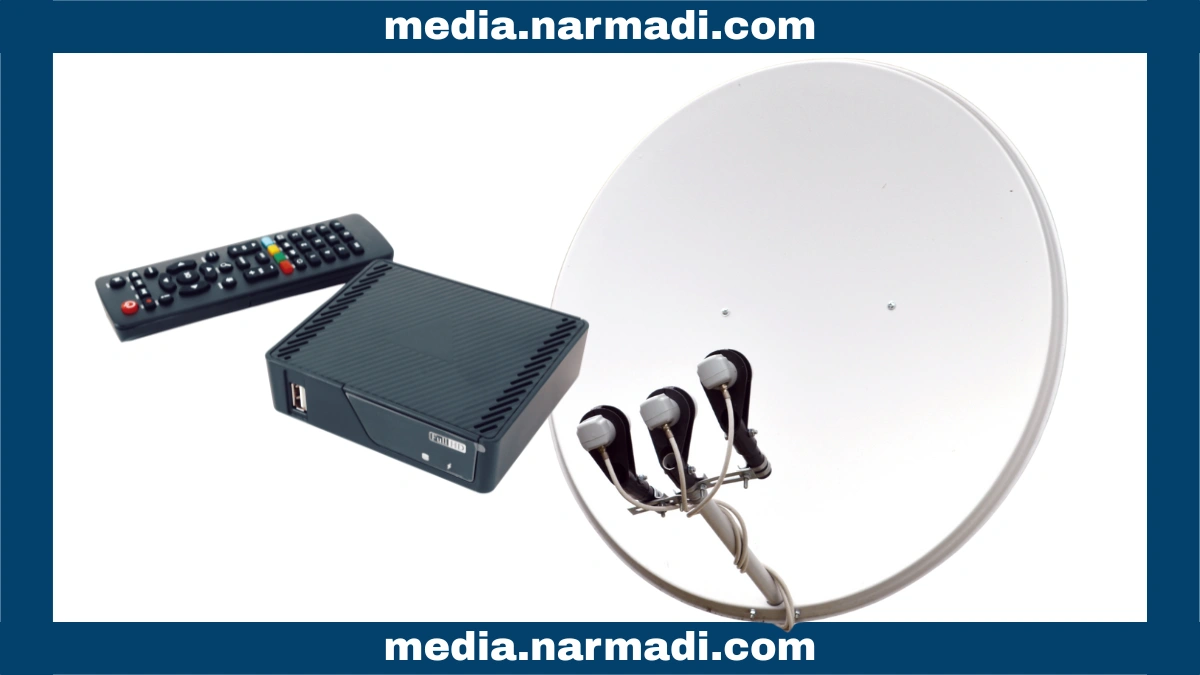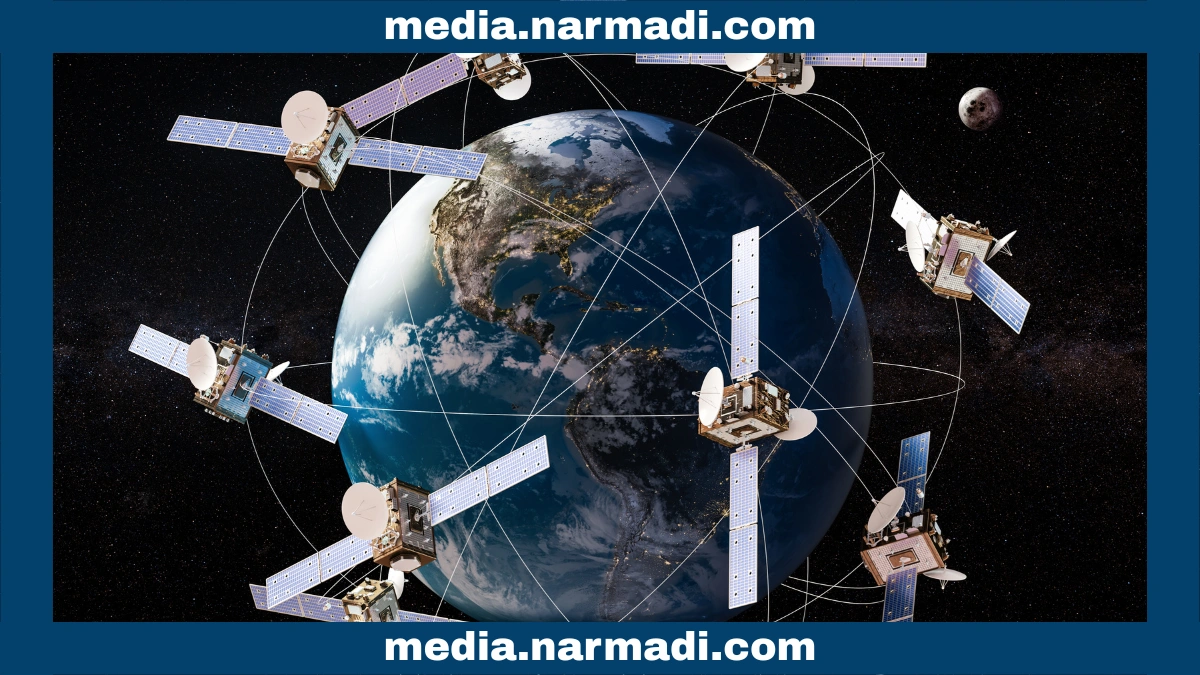Various types of set-top boxes have their own functions and advantages. One of them is the satellite set-top box, which captures digital signals via satellite.
Satellite set-top boxes play a crucial role in enabling analog televisions to continue receiving digital signal broadcasts. This also extends the lifespan of analog televisions.
This article explains satellite set-top boxes, starting from their definition, main functions, and differences from DVB-T2.
What is a Satellite Set-Top Box?

A Satellite Set-Top Box is a type of device that receives and displays satellite TV broadcast signals. This means that even if you only have an analog TV, you can enjoy satellite TV channels with HD image quality.
This device features rewind, record, and media player functions, as well as WiFi connectivity and access to streaming applications. This device can even display a mobile phone screen on a TV thanks to its mirroring feature. The advantage of satellite devices is that they can reach areas with poor terrestrial signals. They are suitable for individuals living in rural areas or the mountain region.
The Main Functions

Satellite Set-Top Boxes have four main functions, namely:
- Receiving and decoding signals: The satellite receives digital signals and converts them into a format that can be displayed on analog televisions.
- As a bridge between satellite signals and TVs: This allows TVs that do not have a built-in satellite tuner to display digital broadcasts still.
- Removing encryption: TVs with satellite set-top boxes can watch pay-per-view broadcasts because the encryption is removed.
- Accessing additional services: Some models have external functions for accessing the internet, running applications, and recording broadcasts.
The Differences Between DVB-T2 Set-Top Boxes

Satellite and DVB-T2 set-top boxes differ in several aspects, including transmission media, signal sources, antenna requirements, and technology. In addition, both also have different advantages and broadcast coverage.
Satellite set-top box
Satellite set-top boxes utilize parabolic antennas as a transmission medium to capture signals from satellites in orbit. The technology used is Digital Video Broadcasting - Satellite (DVB-S) or DVB-S2, for the newer generation.
The broadcast coverage of satellites can reach a vast area, depending on the satellite's position. This gives them the advantage of reaching remote areas or areas that are not covered by terrestrial signals. However, they are usually more expensive to use.
DVB-T2 set-top box
DVB-T2 set-top boxes use UHF/VHF antennas as a transmission medium to capture terrestrial signal sources from transmission towers. The technology used is Digital Video Broadcasting - Terrestrial (DVB-T) or DVB-T2, which is the newer generation.
The scope of satellite broadcasting is generally limited to the range of nearby terrestrial transmission towers, resulting in limited coverage. However, the image quality is quite clear, unaffected by weather conditions, and the cost of use is lower.
Ultimately, satellite signals are superior for those of you who live in remote areas, so you don't need to rely on terrestrial signals. However, you will need to spend more money to subscribe to enjoy paid broadcasts.
If you have an analog TV and want to receive digital TV broadcasts, then a satellite set-top box is a must-have device. Ultimately, a satellite is the ideal choice for those who do not want to replace their analog TV but want to receive digital TV broadcasts with a clearer picture and sound quality.